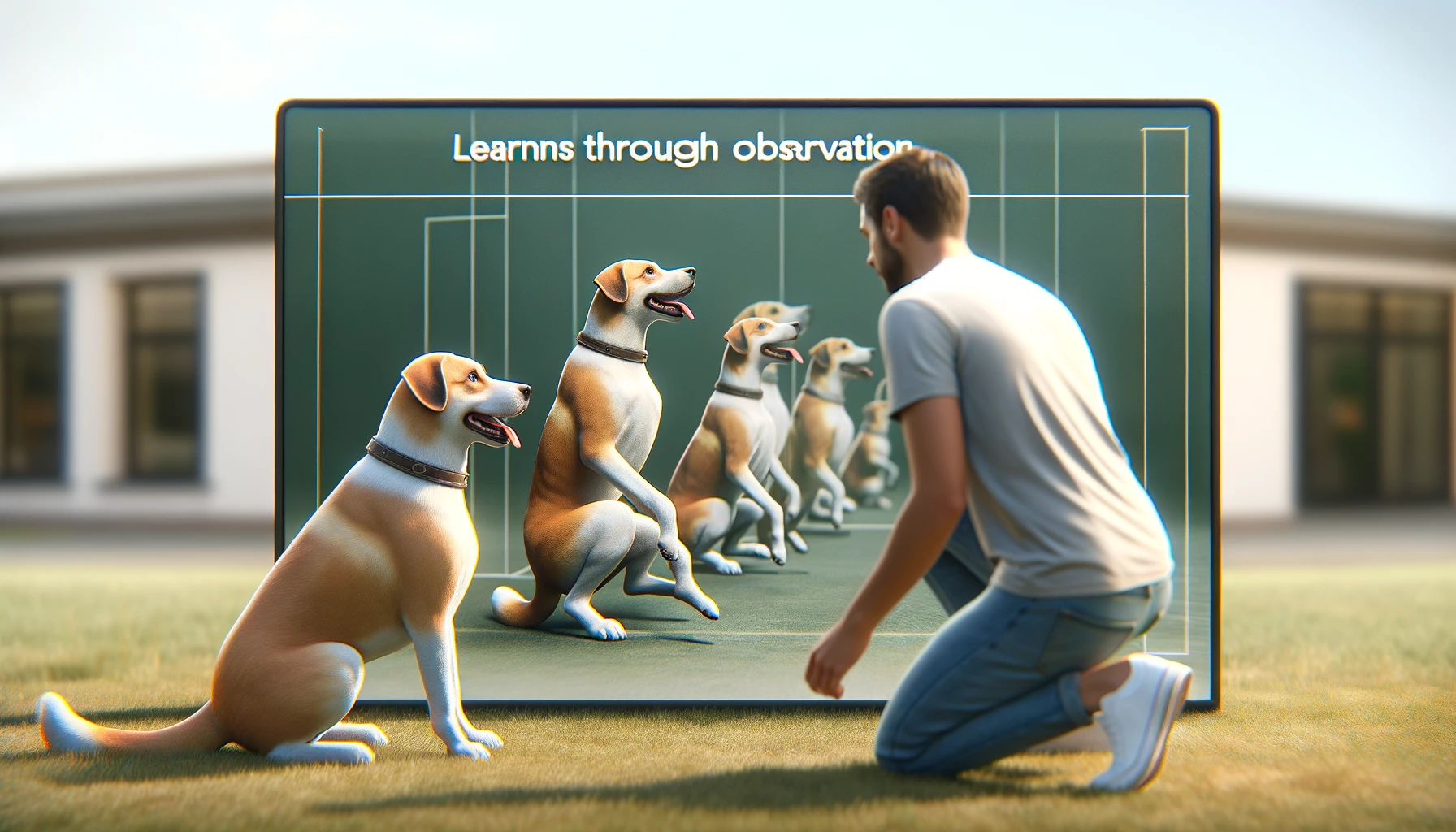The journey of dog training is a fascinating exploration into the cognitive world of our canine companions. It’s a process grounded in the science of behaviorism, understanding how dogs perceive their environment, and how they learn from it. This article delves into the principles that underpin effective dog training, shedding light on the methods that leverage these insights to foster better learning and behavior.
1. Classical Conditioning
Classical conditioning, or Pavlovian conditioning, is a foundational concept in the science of learning. It involves associating a neutral stimulus with a naturally occurring stimulus until the neutral stimulus alone elicits a response. In dog training, this might mean pairing the sound of a clicker (neutral stimulus) with a treat (naturally occurring stimulus) until the click alone prompts excitement or attention from the dog. This method is particularly effective for establishing basic commands and expectations.
2. Operant Conditioning
Operant conditioning expands on classical conditioning by introducing consequences to actions. B.F. Skinner’s work in this area distinguishes between reinforcements (which increase the likelihood of a behavior) and punishments (which decrease it). Dog training often utilizes positive reinforcement, rewarding desired behaviors with treats, praise, or play to encourage repetition. Negative reinforcement, positive punishment, and negative punishment also play roles, but the emphasis on positive methods reflects a trend towards more humane and effective training techniques.
3. Social Learning
Dogs are inherently social animals, making social learning a significant aspect of their behavior. They learn a great deal from observing the actions of others, whether canine or human. This means dogs can learn commands, tricks, and even behavioral norms through mimicry and observation. Acknowledging this, trainers often use demonstration and role models in training sessions, leveraging the dog’s natural inclination to follow the pack.
4. Cognitive Learning
Cognitive learning theory applies to more complex learning and problem-solving situations where dogs must use their mental capabilities to overcome challenges. This includes understanding concepts such as object permanence, manipulating tools, or navigating obstacle courses. Training that stimulates cognitive development not only improves problem-solving skills but also enriches the dog’s mental health and strengthens the bond between dog and owner.
5. Emotional Learning
The emotional state of a dog greatly affects its ability to learn. Emotions like fear, anxiety, joy, and excitement can all influence how well a dog responds to training. Understanding and managing these emotional responses is crucial for effective training. Techniques that ensure a positive and stress-free learning environment, such as fear-free training methods, are becoming increasingly popular among modern trainers.
The science of dog training is a rich field that combines knowledge from various disciplines to help us understand and improve the way our dogs learn. By applying principles from classical and operant conditioning, acknowledging the role of social and cognitive learning, and respecting the emotional states of our canine learners, we can develop more effective, humane, and enriching training programs. This not only helps in shaping desired behaviors but also in forging a deeper, more understanding relationship between dogs and their human companions.



